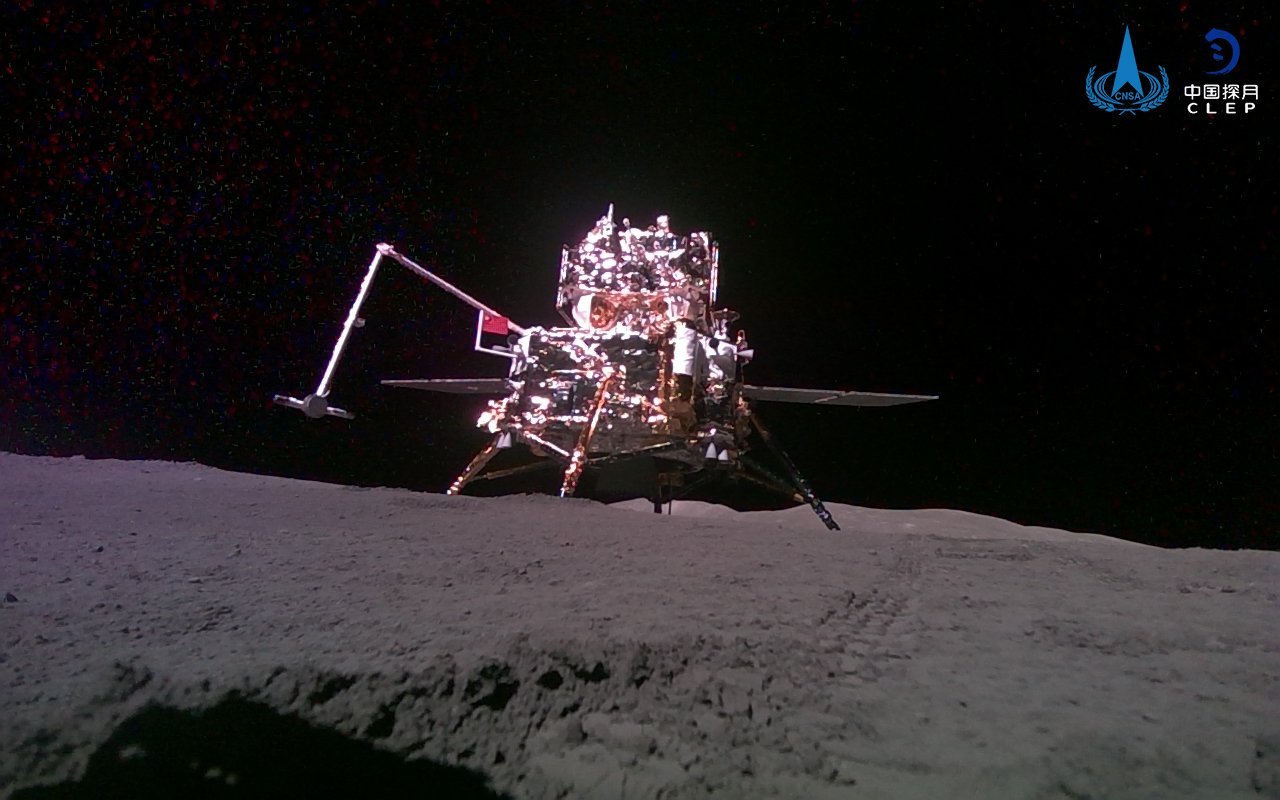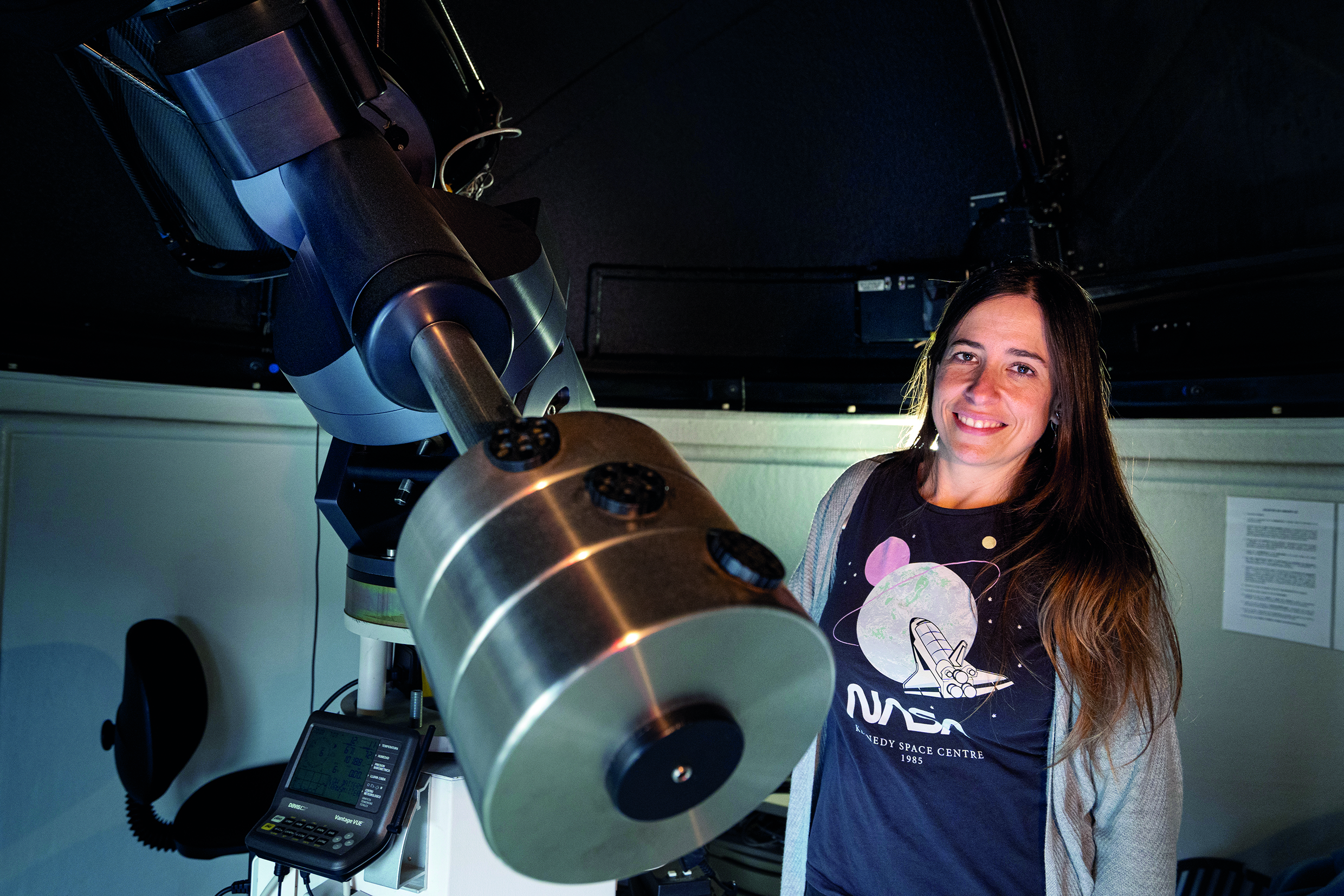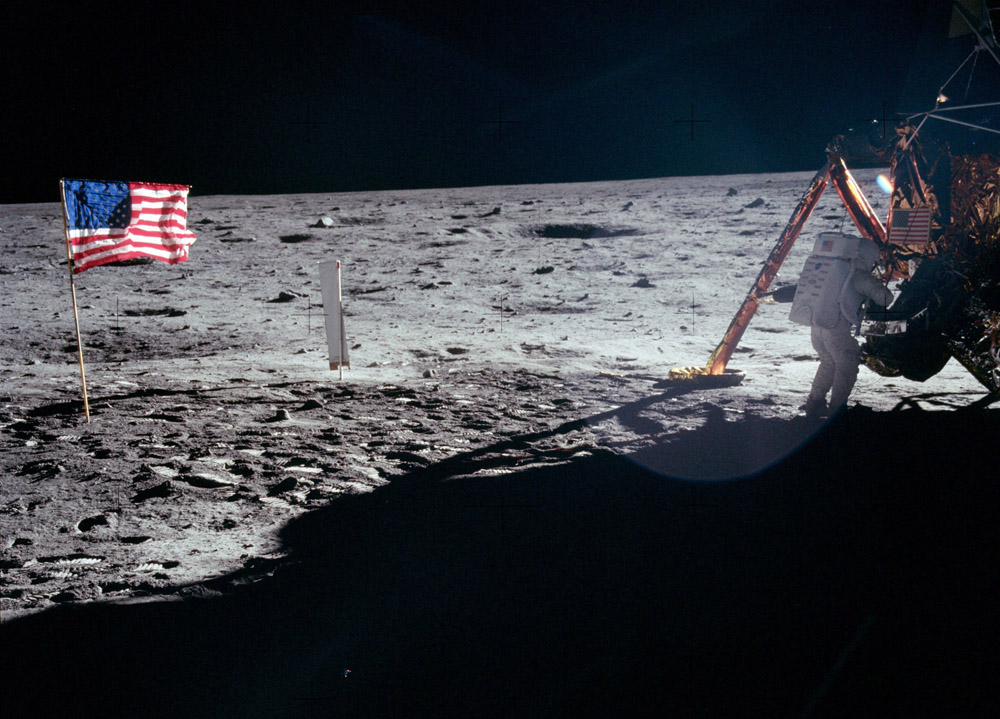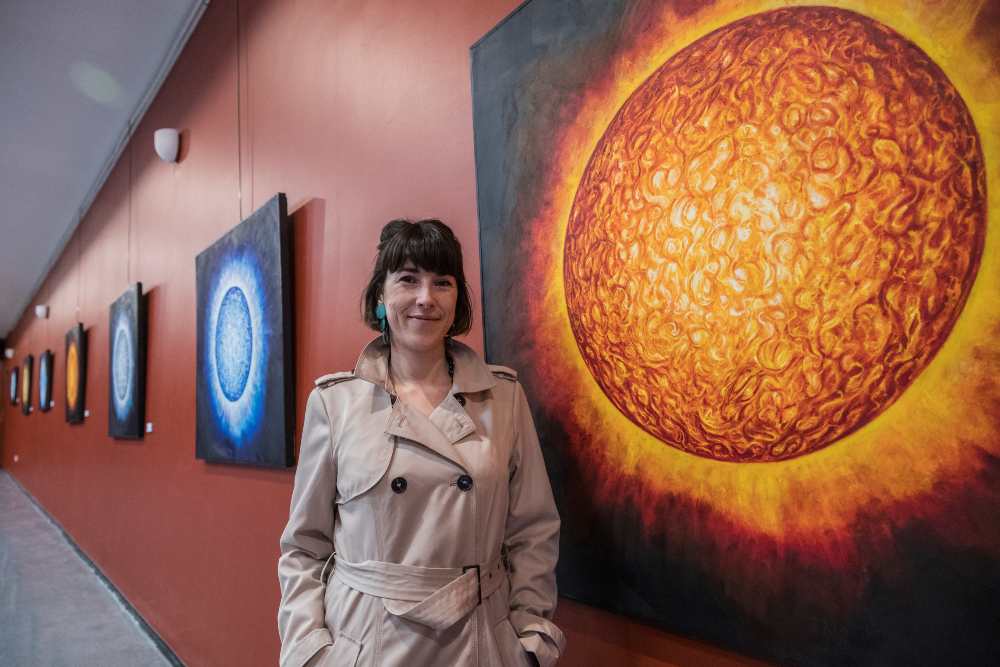Indian spaceship reaches the lunar south pole
- The country is the first to reach the south pole and the fourth lunar pole. He arrived on Wednesday at 14:34.

The Chandraya-3 spacecraft has achieved the moon on the south pole. It is the fourth country to reach the Moon, the Union of Soviet Socialist Republics (USSR), behind the United States and China. Sreedahara Panicker, one of the heads of the Indian space agency, Somanath, has declared that “India is on the Moon.”
The unknown area of the Moon has a career in recent years. Russia tried the moon the previous Sunday, but lost communication and did not. Japan, which recently lost the Hzorro-R probe, now has the SLIM project for the equatorial area of the Moon. In these areas there are reserves of frozen water, which provides opportunities for life; it can be a great source of fuel, oxygen and potable water, which can facilitate new missions. Another main objective is to know the thermal, physical and chemical characteristics of this lunar area.
The Indian space agency ISRO has experienced significant growth in recent years. In 2009, with the Chandraydale-1 spacecraft, they saw that the southern pole of the Moon had frozen water. In 2019, this year's mission was attempted, but a programming error thwarted the moon. In the end, with the Chandraya-3 spacer, they get the mole. By stabilizing the ship, a rover vehicle descends to the ground and performs the first measurements at the south pole. “All the information is new,” explains Anil Bhardware, who has been on the Asian space program for 30 years. Indian Prime Minister Narendra Modi calls “a new chapter for India”
Chão de Lamas-eko zilarrezko objektu sorta 1913an topatu zuten Coimbran (Portugal). Objektu horien artean zeltiar jatorriko zilarrezko bi ilargi zeuden. Bi ilargiak apaingarri hutsak zirela uste izan dute orain arte. Baina, berriki, adituek ilargietan egin zituzten motibo... [+]
James Webb teleskopioaren lehen irudiak eta datuak aurkeztu dituzte: unibertsoari inoiz ateratako argazkirik sakonenak eta exoplaneta baten espektroskopia-datu zehatzenak. “Kosmosaren ikuspegi berri eta iraultzaile bat”, Bill Nelson NASAko administratzailearen... [+]




















